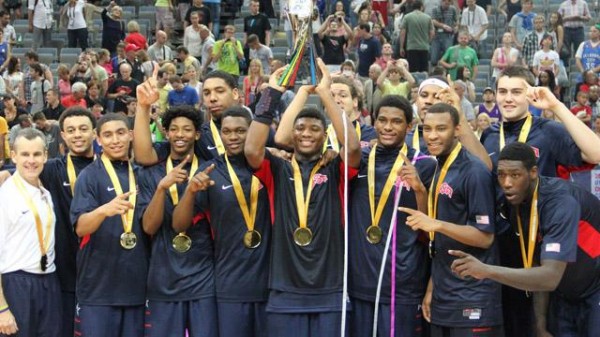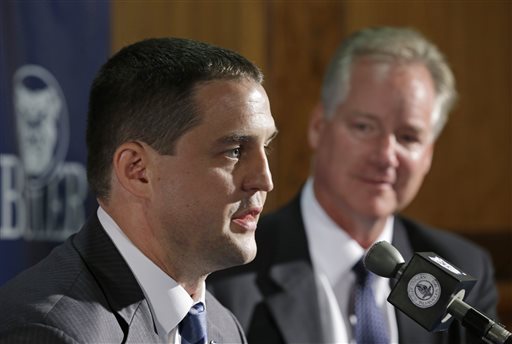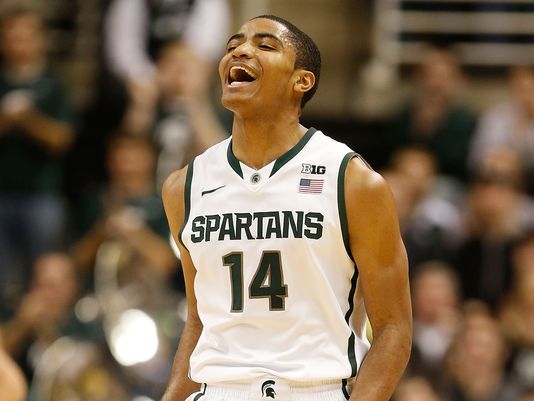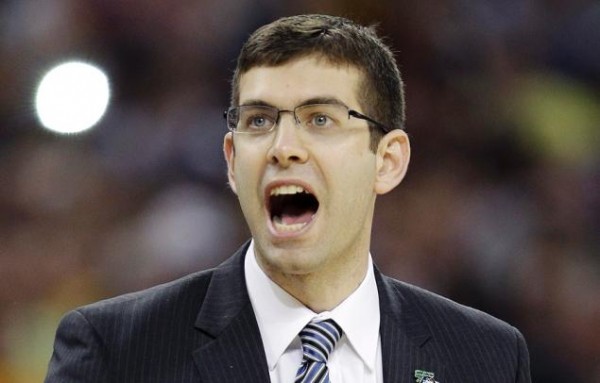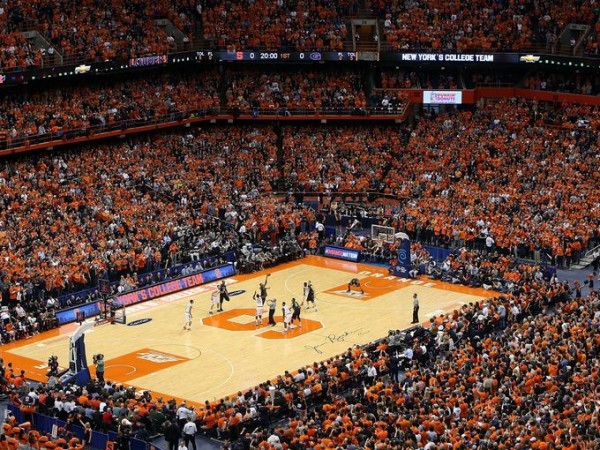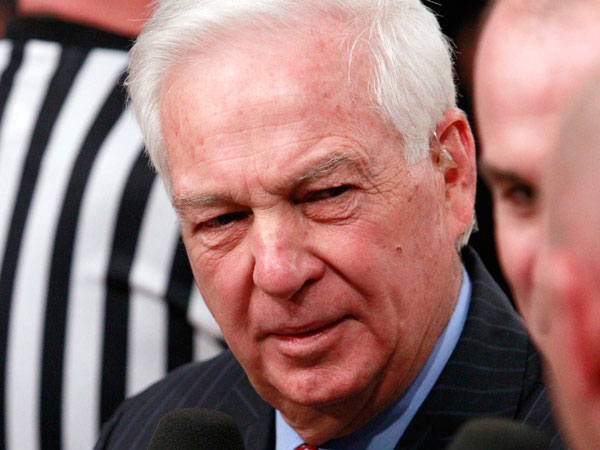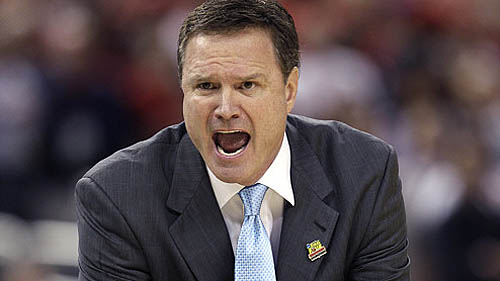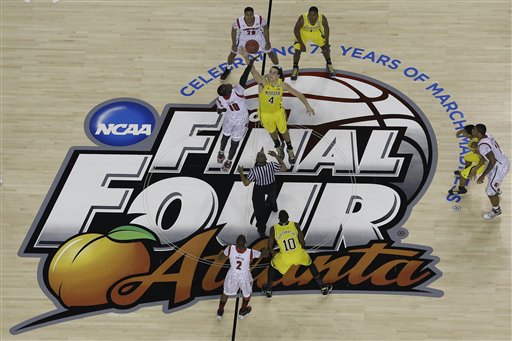2012-13 Indiana and the Effect of Early NCAA Tournament Exits
Posted by Chris Johnson on July 11th, 2013Chris Johnson is an RTC Columnist. He can be reached @ChrisDJohnsonn.
There is one timeless drawback to the NCAA Tournament that makes its otherwise awesome and utterly thrilling single-elimination format a little bit unfair. When teams enjoy successful regular seasons and earn prime NCAA Tournament seeds but, for one reason or another, see their March livelihoods ended earlier than expected, upset losses serve as a referendum on that team’s entire body of work. If a team doesn’t advance to the round its seed implies – #1-seed Gonzaga getting done in by a wicked 23-point-in-nine-possessions run from Wichita State, for example – it is labeled an underperformer. The regular season accomplishments persist through history as nice adornments to dress up a given program or coach’s CV, but in the wake of an upset loss, there is only one description to accurately assess the better-seeded team: underachiever. I’ve heard this appellation tossed in Indiana’s general direction more than a few times in the wake of its Sweet Sixteen loss to Syracuse (whose customarily suffocating 2-3 zone, perimeter length, and shotblocking prowess, amounted to a terrible match-up for IU), and I suppose you can argue, relative to seeding, this is a completely fair judgment. The Wall Street Journal’s Ben Cohen took it a step further in an article headlined “The Biggest Underachiever in NCAA History,” wherein he deems the Hoosiers’ 2012-13 season a massive failure due to their inability to turn two top-five NBA draft picks – a distinction shared by only 13 teams in the annals of the game – into Tournament-gauged success. According to WSJ, last season’s Victor Oladipo and Cody Zeller-led IU team was one of only three teams with two top-five selections to lose as early as the Sweet Sixteen. The “Biggest Underachiever” designation owes to the other two Sweet Sixteen-losing teams, North Carolina in 1984 and Duke in 2002, having won national championships in seasons prior with those very same top-five picks on board.
As you might suspect, Indiana coaches were none too pleased to read the ignominious title bestowed upon their newly-minted outright Big Ten conference championship team. Speaking of which, did I mention that? Indiana won the toughest league in basketball in a historically difficult year last season, posted 29 victories, groomed previously raw wing Oladipo into a lottery pick and saw its gradual ascent to the college basketball mountaintop (after the Kelvin Sampson wrecking ball that sent the Hoosiers into temporary hoops oblivion) realized in triumphant fashion. Tournament loss aside, it was a good year for Indiana basketball, and the coaches were going to make sure WSJ heard this message loud and clear. First came tweets from Tom Crean endorsing Oladipo and Zeller, their accomplishments at the school, and exclaiming the specifics of the well-compensated futures his two top-five picks are entitled to in their new professional basketball homes. Associate coach Tim Buckley followed up at the Hoosiers’ summer news conference Tuesday by highlighting his team’s perseverance.
“We’re pretty proud of this group,” Buckley said. “And we’re disappointed as much as anybody else with not going further in the NCAA Tournament. Our fifth-place team (Michigan) in the Big Ten played for the national championship. That’s how good this league was. And for us to do it night in and night out; I don’t think we ever lost two games in a row. “We had a resilient bunch. I’m really proud of what we’ve done, and I think everybody who’s associated with Hoosier Nation should be really proud of what we did.”































